The Indian state of Bihar includes the district of Vaishali. It belongs to the Tirhut division. Mahavira, the founder of the Jain religion, was born in Vaishali. The largest city and district seat of the region is Hajipur, which is well-known for its banana forest.
The NH-77 and NH-322 roads link the district, Vaishali to the state capital Patna (33.4 km), the divisional center Muzaffarpur (61.8 km), and the district to the east, Samastipur (52.8 km).
The birthplace of Lord Mahavira and a significant Buddhist pilgrimage destination is Vaishali. According to legend, the Buddha visited this location three times and stayed for a lengthy period of time each visit. Additionally, the Buddha gave his final discourse and declared his nirvana in Vaishali. Vaishali also hosted the second Buddhist Council following his passing.
About Vaishali
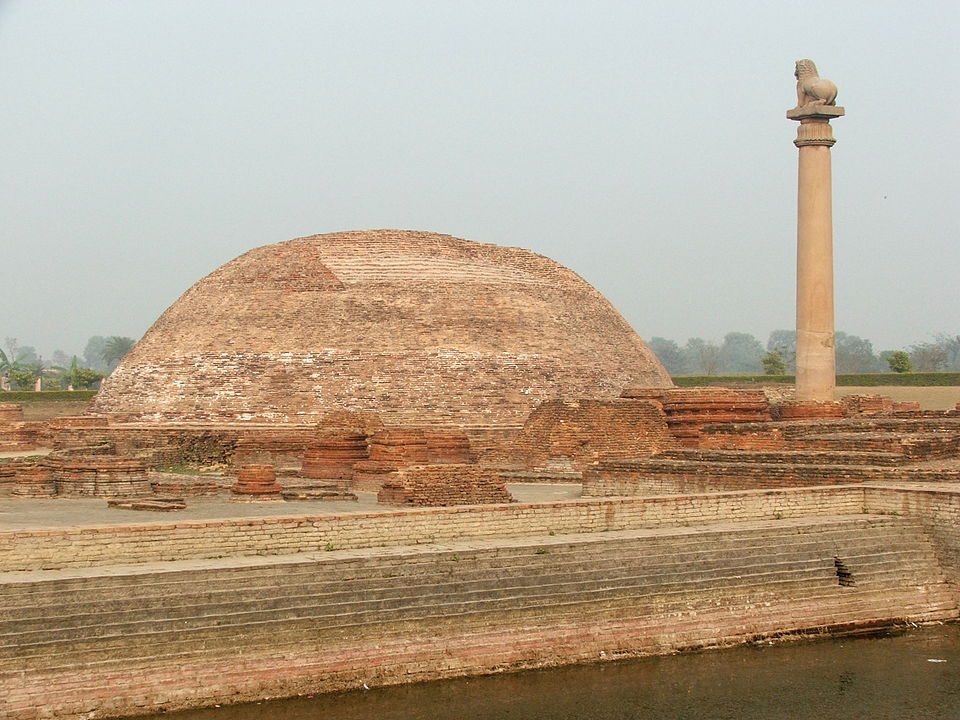
Vaishali was a city that is now an archaeological site in Bihar, India. It belongs to Tirhut Division.
The Vajjika League of Vrijji Mahajanpadas, which is regarded as one of the earliest examples of a republic and dates to the sixth century BCE, had its capital there. King Kalasoka hosted the Second Buddhist council here in 383 BCE, making it a major site in both the Jain and Buddhist religions. Gautama Buddha delivered his final speech here before his death in approximately 483 BCE. It has one of the Ashoka Pillars that is in the best condition, with just one Asiatic lion perched upon it.
The Buddha Relic Stupa, rumored to hold the Buddha’s remains, is also located in Vaishali and may be the oldest stupa ever found.
The city is mentioned in the diaries of the Chinese explorers Xuanzang and Faxian from the fourth century CE. who were later employed by British anthropologist Alexander Cunningham in 1861 to make the initial connection between Vail and the modern village of Basarh in the Vaishali District of Bihar.
History of Vaishali
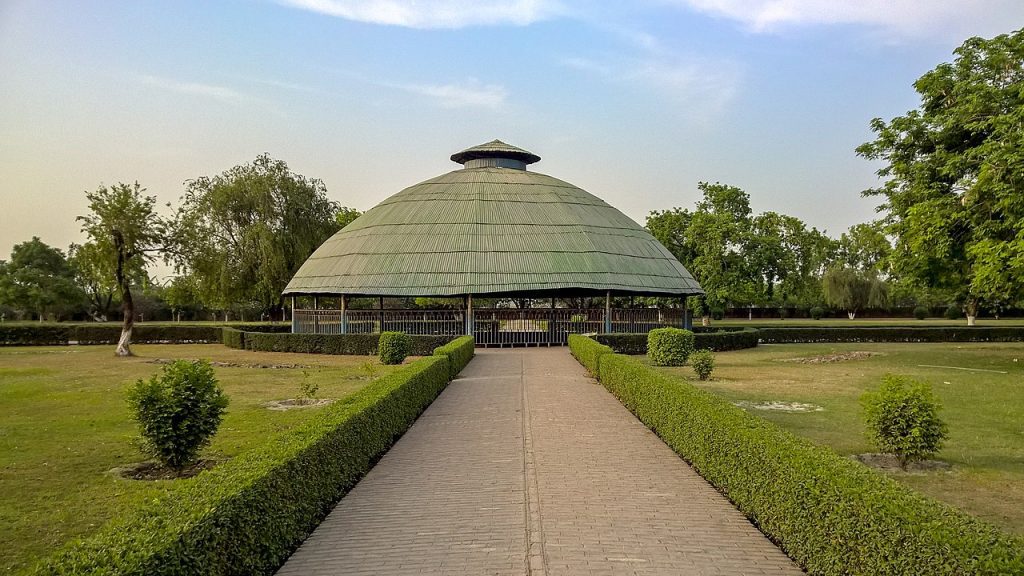
Vaishali, widely regarded as the world’s first republic, was given its name by King Vishal of the Mahabharat era. He is credited with building this massive fort, which is now in ruins. The birthplace of Lord Mahavira and a significant Buddhist pilgrimage destination is Vaishali. According to legend, the Buddha visited this location three times and remained for a lengthy period of time each visit.
Additionally, the Buddha gave his final discourse and declared his nirvana in Vaishali. Vaishali also presided over the second Buddhist Council following his passing.
In the sixth century BC, the powerful Lichchavi clan dominated Vaishali, and their kingdom reached as far as the Nepalese hills. Considered to be Asia’s first republic, the Lichchavi state.
According to the Buddhist narratives known as the Jataka stories, which describe the Buddha’s various births. Approximately 7707 rulers of the Lichchavi family governed Vaishali. In the fifth century BC, the renowned Magadh King Ajatshatru captured Vaishali, which eventually lost its influence and notoriety.
Culture & Heritage
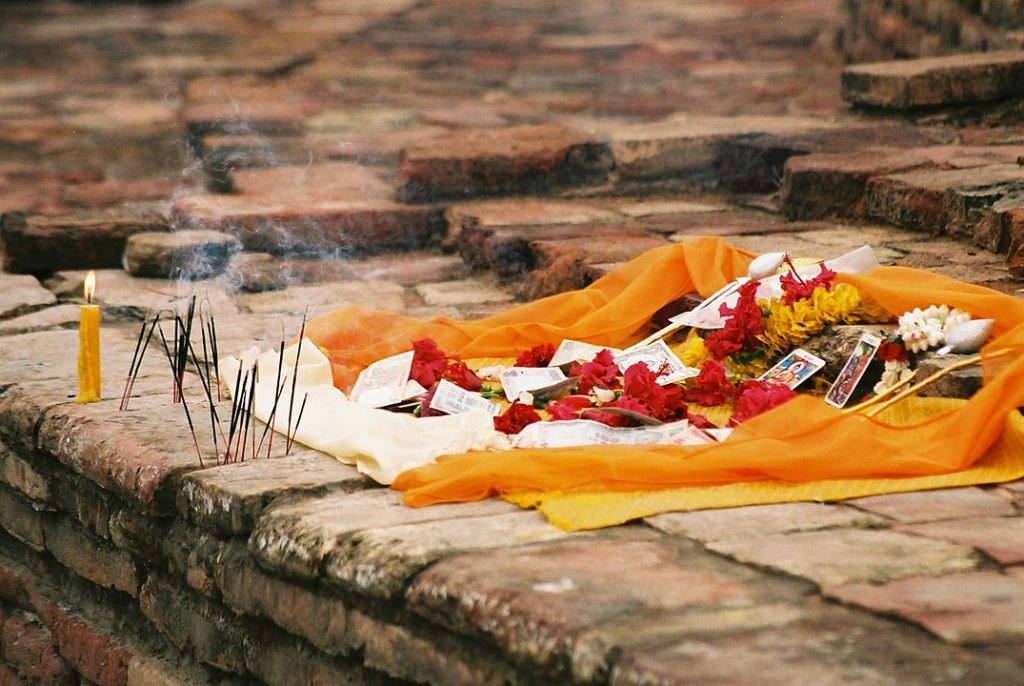
Currently, rice fields and banana and mango plantations surround the small settlement of Vaishali. But excavations have uncovered the amazing historical past of the area. The epic Ramayana tells the story of the great King Vishal who ruled in this region. According to historians, during the Vajji and Lichchavis eras in the sixth century B.C., this region was home to one of the first democratic republics in the history of the globe with an elected assembly of members.
Vaishali served as the hub for trade and manufacturing while Pataliputra, the political capital of the Mauryas and the Guptas, ruled the Gangetic plain.
The Vaishali Museum is home to some of the artifacts found here. In front of the museum is the Abhishek Pushkarini, which Lichchavis admired. On one side of the lake is where the most recent addition to the series to be built in India, the Vishwa Shanti Stupa, is situated. The shady stupa, which lies next to the museum, is where the relic casket with Buddha’s ashes is thought to have been kept.
Archaeologists have found many Vaishali sites. It begins with Raja Vaihala Ka Garh, a huge mound that is related to the old Parliament. Black basalt sculptures from the Gupta and Pala eras are abundant in the Bawan Pokhar temple.
When a reservoir was being dug, another black basalt, four-headed Shivling (Choumukhi Mahadeva) was found. Behind the Bawan Pokhar Temple is a Jain temple famous for housing a picture of the Trithankar. The Lotus Tank, which was once a Lichchavis picnic area, is located not far from these temples.
Fair & Festivals
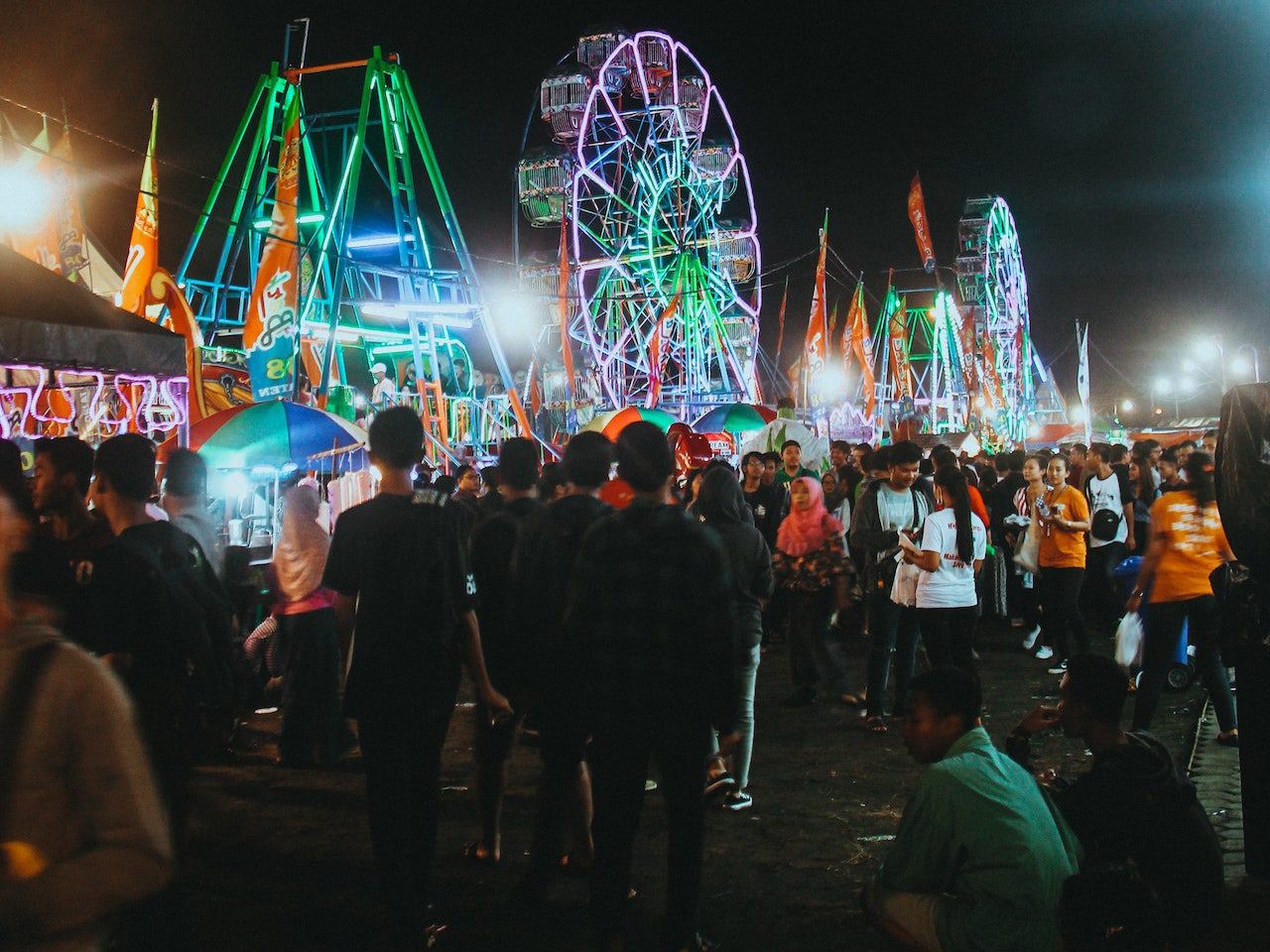
It’s Vaishali Mahotsava.
In order to commemorate the anniversary of Lord Mahavir, the Jain Tirthankar, being born, the Vaishali Mahotsav is held on the full moon day of “Vaisakh.”
Sonepur is 35 kilometers away. Sonepur, which is located at the confluence of the Ganga and Gandak rivers, hosts the biggest animal fair in Asia beginning on Kartik full moon day (October/November). The Fair lasts for approximately a week. This common fair attracts millions of tourists.
During Sonepur Mela, Bihar State Tourism Development Corporation provides Swiss Cottages with attached bathtubs and other amenities in the temporary Tourists Village.
Artistic endeavors
Many of the communities near Vaishali produce lovely handmade toys. Sikki Work is the hand-weaving of simple grass blades into lovely baskets and mats. These handcrafted lac bangles are from the nearby city of Muzaffarpur.
Why Visit Vaishali?
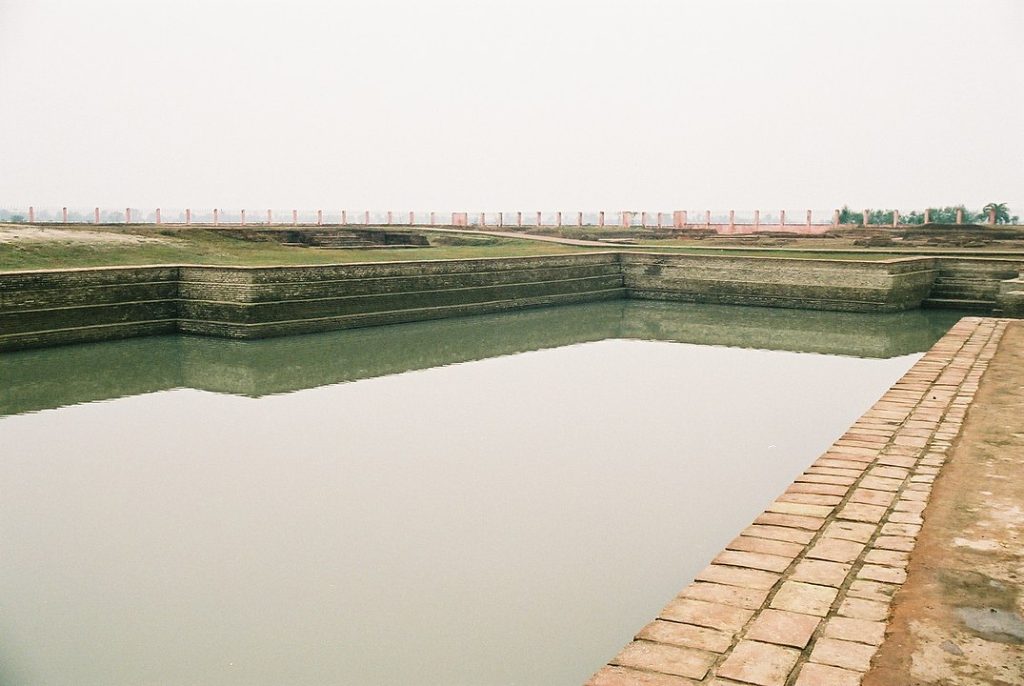
1. Significant Buddhist Site
Lord Buddha delivered his final sermon here. There are several notable structures, including a sizable stupa, a magnificently preserved Ashokan pillar, and the renowned monkey tank, which the neighborhood kids love to jump into and swim in. There are many pilgrims at this location. You can purchase a tiny wooden replica of the Ashokan pillar at the entrance, along with other mementos.
2. Historical Setting
The most well-known tourist attraction in Vaishali is Ashok Pillar, which is close to a Buddhist monastery and the Ramkund coronation tank. It is a Lion Pillar just like the other Ashoka Pillars, yet it differs from the other Ashoka Pillars in that it only has one lion capital.
All of the pillars were built at Buddhist monasteries, which also served as significant pilgrimage destinations and locations connected to Buddha’s life.
3. For Buddhists, A Sacred Location
This location lies between Khushinaga and Gaya, close to Patna. The first Buddha council was held in Rajgir, on top of the mountain, after the Buddha’s nirvana. They held their second council here after 100 years. Only 19 of the many stupas and pillars built by Emperor Ashoka (268–232 BCE) in India have remained.
A pillar with a single intact lion on it is visible here. The red sandstone pillar stood 18.3 meters tall. A pond and a ruined stupa are located around the pillar. The garden was well maintained.
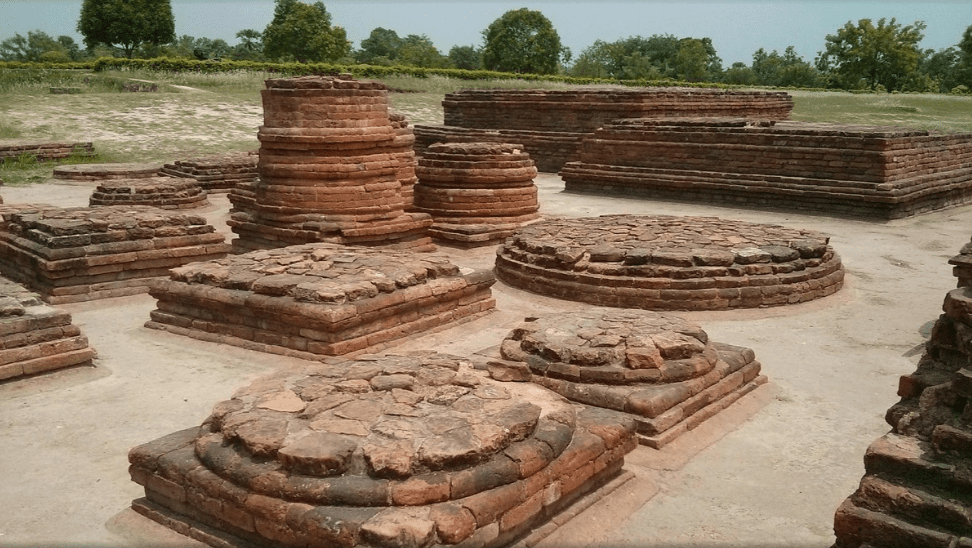
4. Location of the Second Buddhist Council
A century or so after the Buddha’s final nirvana, the second Buddhist Council, which was held at Vesali to settle disagreements over the Dhamma and Vinaya, was convened. The place was popular with pilgrims during the first 500 years after the Buddha attained enlightenment because it contained the alm, which was once revered at Kesariya. As a result of the Muslim conquests in the 13th century AD, the present alm is located in a tiny Muslim shrine in Kandahar, Afghanistan.
The Lion Pillar, which bears Emperor Ashoka’s name, is still standing and stands proudly next to a sizable Stupa that he built himself. An excavation uncovered a relic room, which included a finely polished stone relic casket. One of the top tourist destinations in Bihar is this. Due to its proximity to Patna, Vaishali would be a quick trip for anyone going there.
5. Ashok the Great
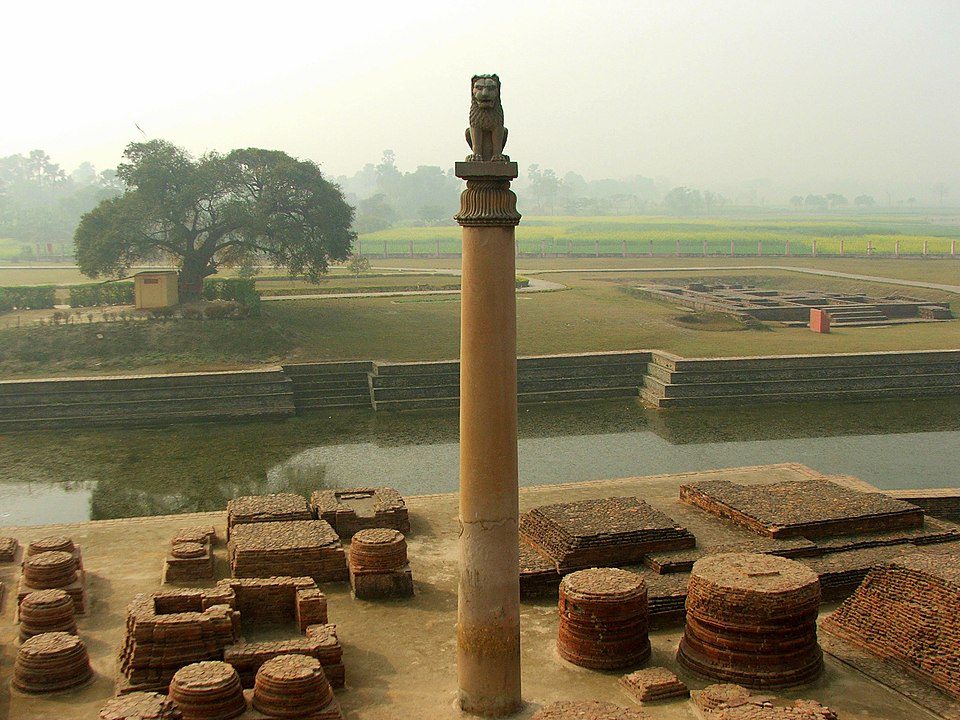
liked the clean, green environment, especially the Amla trees and water features. I dislike that there are no tours or very little printed information to help guests learn more about the location.
How to Reach
By Air: The closest airport to Vaishali is located in Patna, the capital of Bihar. Regular flights connect Patna with significant cities like Delhi, Kolkata, Varanasi, Lucknow, and others. From Kathmandu, one can also travel to Patna.
By road: Vaishali is connected to a number of significant Bihar cities, including Patna (55 km) and Muzaffarpur (37 km), which are connected to the rest of the country. There are nearby prominent Bihar tourist attractions including Bodhgaya (163 km), Rajgir (145 km), and Nalanda (140 km).
By Rail: Hajipur, which is barely 2.5 kilometers from Vaishali, is the closest railway station. Regular important trains run via Hajipur’s railway station. You may travel to Hajipur from all the main cities.
Places to Visit
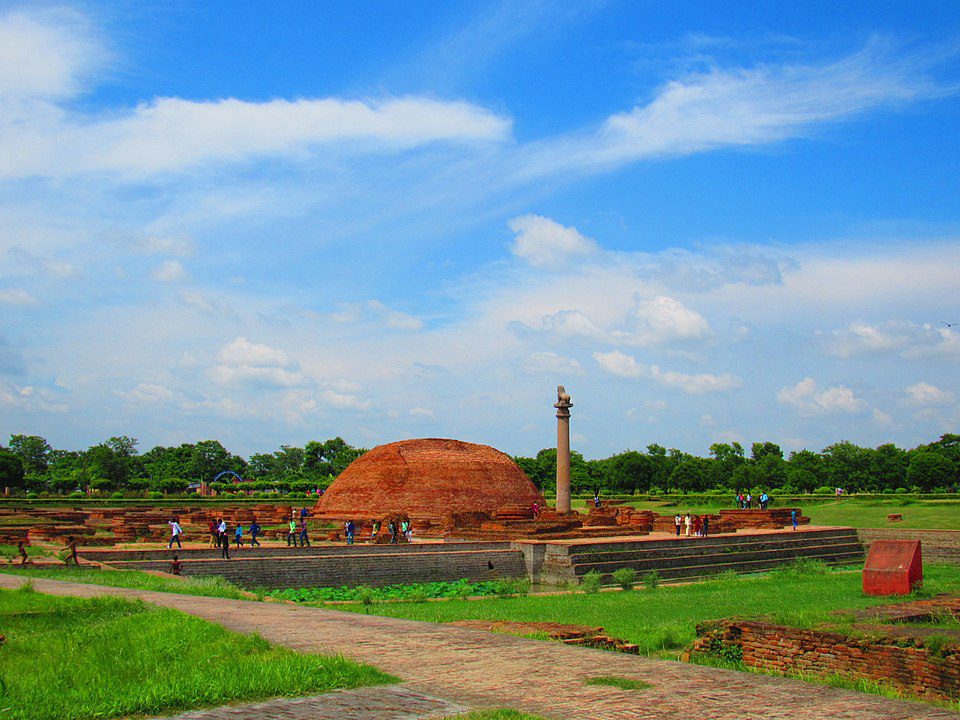
The first significant location to visit when exploring Vaishali is Kolhua. Here, there is a large iron pillar next to a brick stupa that was supposedly built by King Ashoka. The pillar was built to honor the Buddha’s final teaching delivered in this location. A big tank and the remains of a monastery, where the Buddha once lived while visiting this area, are next to the pillar.
The Vaishali Museum is an intriguing location for tourists who are interested in archaeology. In the museum, remains discovered at several Vaishali sites are on display. Close to the museum is a circular tin shed that protects the ruins of the stupa that formerly housed the Buddha’s cremated remains.
The Abhishek Pushkarini, also known as the Lichchavis coronation tank, is located on one side of the museum. The nearby Raja Vishal Ka Garh excavation site is thought to be the remains of the ancient parliament building. Where the federal assembly of the Lichchavi administration convened to discuss and rule the historic republic.
The Bawan Pokhar Temple, which was built during the Pala era and is situated on the northern side of the Bawan Pokhar tank, is home to magnificent statues of many Hindu gods.
The Vishwa Shanti Stupa (pillar of peace), one of the most recent additions to this significant site, is a major draw in Vaishali. This monument, one of the tallest in the world, can be found on the south bank of the coronation tank. It was built in collaboration with the Japanese government.
Different route From Patna to Vaishali
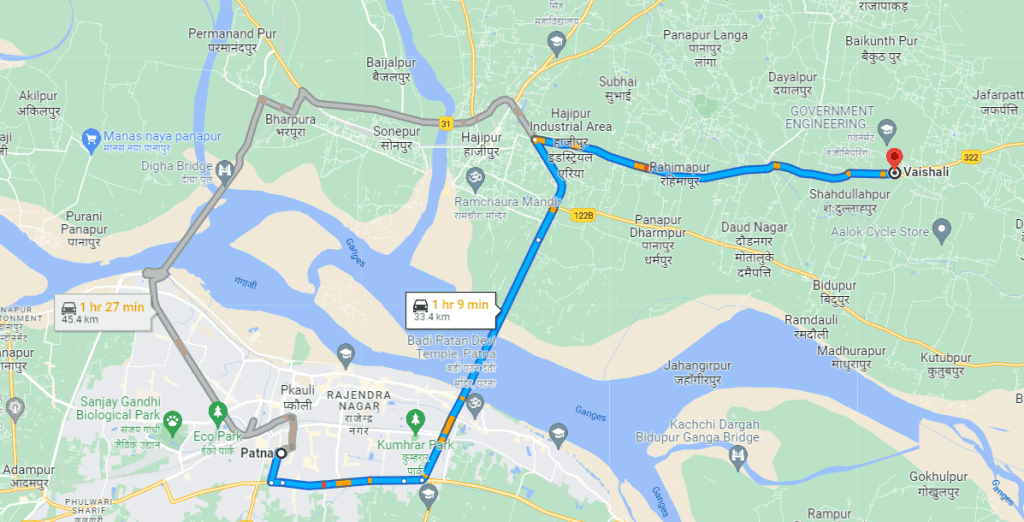
The first route is 33.4 km long and takes 1 hour and 9 minutes to travel. Start your journey by traveling across the Gandhi Setu Bridge Road. Cross Terasiya, the Hajipur Industrial Area, Ismail Chak, Mohiuddinpur, and finally Vaishali to continue the journey.
The second route, which is 45.4 km long and requires 1 hour and 27 minutes to go. And because there are so many things to discover along the way, taking this route can be exciting and interesting. By traveling via the Digha Pahleza JP Setu route, Jalalpur Funn Adventure Sports, the Digha Bridge more, the Patna-Parsa-Siwan Highway, the Sonpur-Hazipur Bridge, the Hajipur Market, the Hazipur-Jandaha Road, and finally the Vaishali.
Best time to visit Vaishali
Vaishali experiences harsh weather, just like other locations in the upper Gangetic plain. The peak temperature reaches 45° C during the warmer summers. The minimum temperature during the winter, on the other hand, can drop as low as 6°C. Winter, from October to March, is the ideal time of year to visit this location.
Places around Vaishali
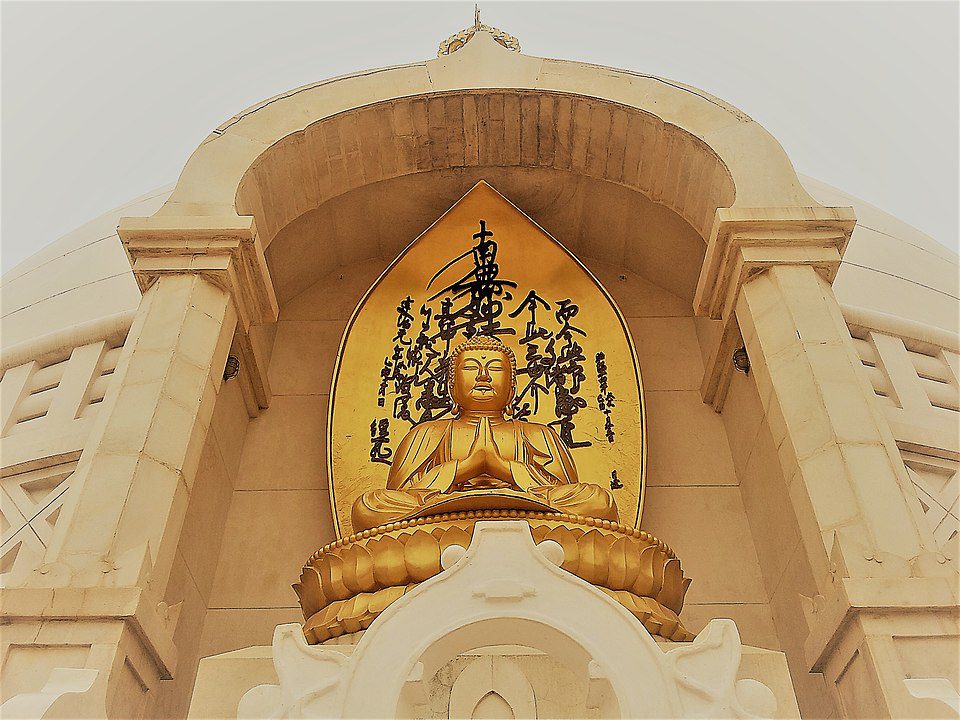
The well-known Buddhist Circuit, which also includes Sarnath, Kushinagar, Bodhgaya, and Kushinagar, includes Vaishali. Patna, Rajgir, and Bodhgaya are a few of the places around that are worth seeing.
Madhubani, which is located around 100 miles from Vaishali and is easily accessible by road, is well-known for its paintings of the same name. The nearby Bihar capital of Patna is also worth a visit. Given that it formerly served as the seat of the great Magadh empire, it is one of the few cities in the world with a lengthy and extraordinarily rich history.
If one is interested in Buddhism and the culture and society of those times, nearby cities like Rajgir, Nalanda, and Bodhgaya are essential places to visit.
The birthplace of Lord Mahavira, Kundupur, is 4 km from Vaishali. The 24th Tirthankar of the Jains was born there, according to a plaque that is located there.
What Are the Things to Keep in Mind While Traveling by Road?
There are a few things you should keep in mind while traveling by road:
- first, plan your route. Decide where you’re going to stop and take breaks, and map out the gas stations and rest stops along the way.
- second, pack an emergency kit. Bring a first-aid kit, a flashlight, a map, and some snacks.
- third, be aware of the weather. If it’s going to be hot, make sure you have enough water. If it’s going to be cold, pack some extra blankets.
- finally, relax and enjoy the ride!
Conclusion
You now know everything you need to get from Patna to Vaishali by road. All that’s left to do is book your cab and get packing!
We hope this travel guide has been helpful. If you have any questions or suggestions, please don’t hesitate to contact us. We wish you a safe and enjoyable journey!
Book Now at 9263774117
